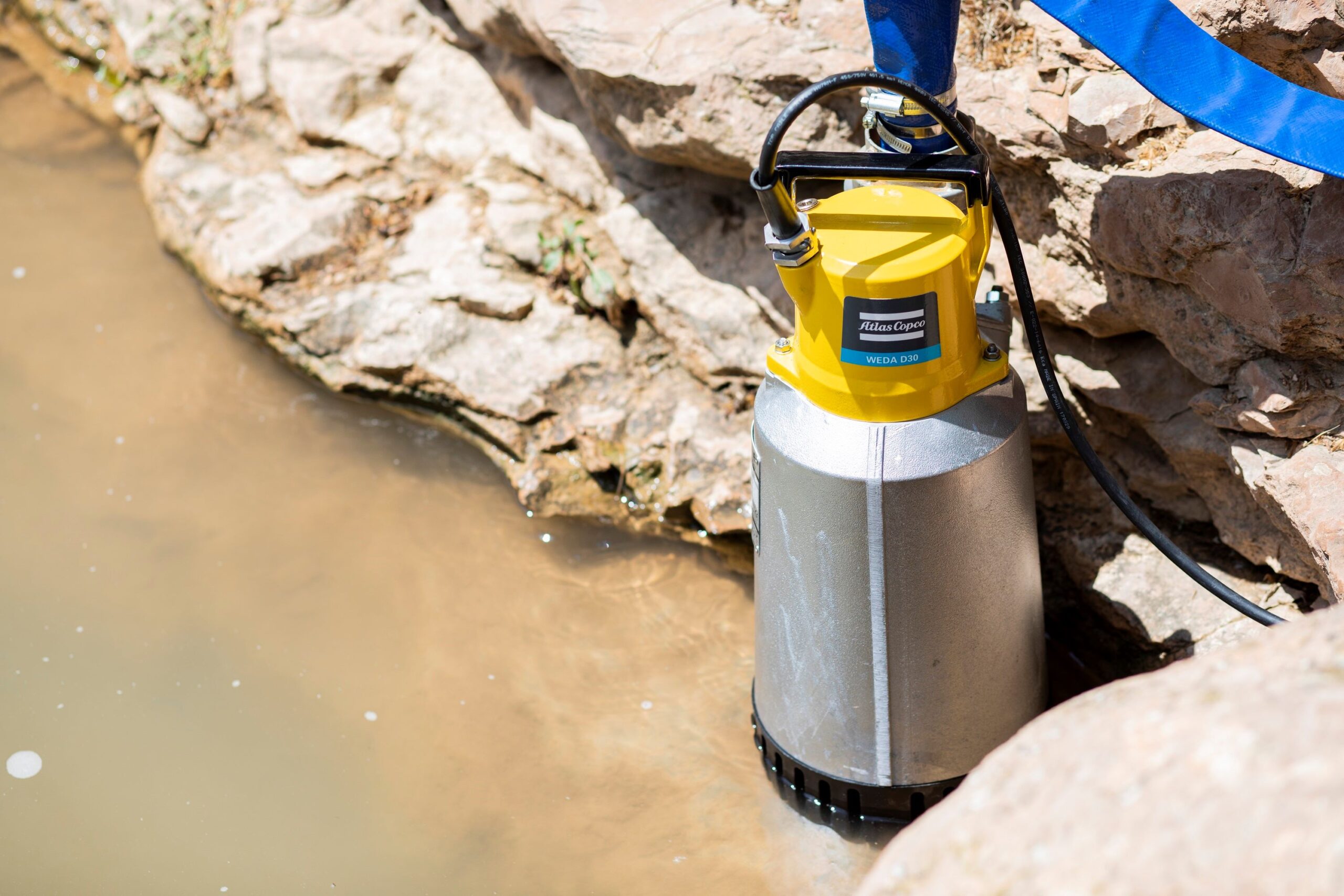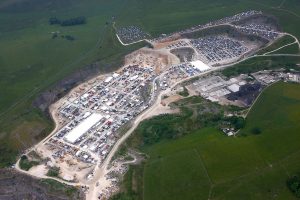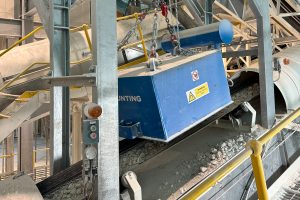When deciding which pump best meets the needs of your dewatering project, you will be faced with a wide variety of diesel and electric models. Expert Steve du Toit of IPR provides five key insights that will help you understand the respective benefits of a diesel range and an electric range of dewatering pumps.
According to Du Toit, there are five main considerations to bear in mind. As a leader in dewatering solutions with over 16 years in the business, IPR was recently appointed as the master distributor in Southern Africa for Atlas Copco dewatering pumps. IPR carries a wide range of diesel powered and electric Atlas Copco pump solutions, for purchase and for rental.
“The first consideration is usually the volume of water to be discharged, and this relates to the power and flow of the pump,” says du Toit. “Atlas Copco’s diesel powered centrifugal pumps are designed for high volumes – with a typical flow range of 10 to 1500 m³ per hour.”
Related to the pump’s power is the head it can achieve, which for these pumps can reach over 50 m. He notes that the pumps are also able to operate in a variable speed range, so they can manage different flow-head combinations.
“By way of comparison, electric submersible pumps can offer power ratings up to around 80 kW and can typically manage flows up to 20 000 litres per minute with a maximum head of 85 m,” he explains. “This range is typical but there are some higher head pumps also available.”
The second consideration is the amount and nature of solids in the water to be pumped. Diesel driven centrifugal pumps can manage both clean and dirty water as well as water carrying trash and fibrous materials. Thanks to features such as semi-open impellers and abrasion-resistant pump casings, these pumps can handle solids up to 76 mm in size.
“In contrast, electric submersible pumps have the ability to handle abrasive materials and solids up to 12 mm – or even higher with sludge pumps,” he says. “When a project involves the pumping of suspended solids, it is ideal to equip the pumps with hardened impellers.”
Thirdly, it is important to consider the application’s particular limitations; underground mining, for instance, will usually require the units to be easily portable and to have no emissions. This makes electric submersible dewatering pumps the right choice.
“On the other hand, fully automatic self-priming diesel centrifugal pumps are the de facto choice for delivering fast dewatering solutions to sites where an alternative power source, such as a generator or mains feed, is not available,” says du Toit.
He highlights the performance of dewatering pumps as a fourth point to consider. Submersible pumps can provide days of unattended dewatering operations – even in the toughest environments where the water table needs to be lowered.
“They will also have less noise impact on the immediate environment, so they can be run during the night even in densely populated areas without causing any disturbance,” he said. “Some models can run for up to 2,000 hours without needing attention, and can even sustain dry running conditions.”
Atlas Copco centrifugal pumps have fuel autonomy of around 40 hours, and can continue to operate even when significant volumes of air are introduced. They can run in these ‘snore’ conditions as a result of an oil-free diaphragm vacuum pump’s automatic priming. Extra-large fuel tanks can allow them to run for longer periods without refuelling.
The fifth factor in selecting pumps is the maintenance and service, says du Toit. Atlas Copco’s electric submersible pumps are extremely durable and offer high wear resistance. The modular construction of these types of pump provides for simplified maintenance procedures – with some models equipped with on-site servicing and parts replacement kits, including seals and impellers.
“Maintaining centrifugal pumps is also easy and simple, with the exception of replacing wear parts and engine filters,” he concludes. “An important feature of this type of equipment is the inclusion of advanced controllers with data monitoring capabilities; these can alert the owners or operators when service interventions are required.”





![Data from the World Risk Poll shows that one in five (21%) people in mining and quarrying occupations have experienced harm at work in the past two years. [Photo by Shane McLendon on Unsplash]](https://quarryingafrica.com/wp-content/uploads/2024/10/shane-mclendon-89hUOLtVfoI-unsplash-300x225.jpg)
